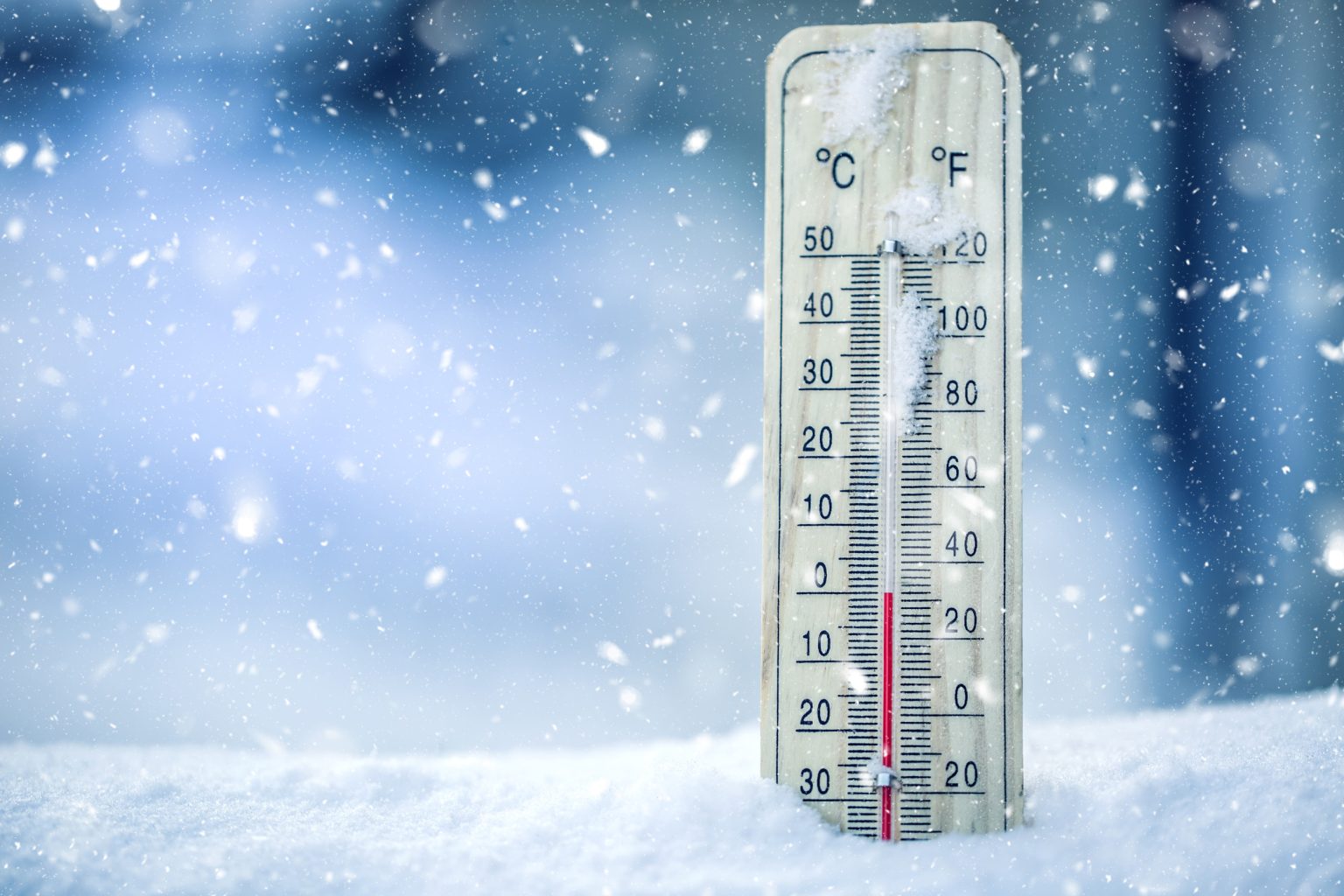Maintaining Home Heating Efficiency During Cold Weather
Winter’s icy grip brings with it the crucial need for reliable home heating. A well-functioning furnace is paramount to maintaining a comfortable living environment and preventing potential damage from freezing temperatures. Proactive measures can significantly enhance the efficiency and longevity of your heating system, ensuring warmth and peace of mind throughout the coldest months. These measures encompass consistent thermostat management, optimizing air circulation, addressing insulation and ventilation, regular furnace maintenance, safe supplemental heat usage, and preparing for extended absences.
Consistent Thermostat Management: Resist the urge to frequently adjust the thermostat during periods of extreme cold. Maintaining a consistent temperature around 70°F prevents undue strain on the furnace, avoiding the energy surge required to repeatedly reach higher temperatures. Minimizing the use of energy-saving setbacks, which temporarily lower the temperature, can also alleviate stress on the system and improve overall efficiency. By allowing the furnace to operate at a steady pace, you reduce wear and tear and promote consistent heating.
Optimizing Air Circulation: Ceiling fans, often associated with summer cooling, can play a valuable role in winter heating as well. By reversing the fan’s direction to a low setting, you can effectively circulate the warm air that naturally rises and collects near the ceiling. This downward circulation distributes heat more evenly throughout the home, reducing the furnace’s workload and enhancing overall comfort. Improved air circulation creates a more uniform temperature, minimizing cold spots and reducing the need for the furnace to constantly compensate for temperature variations.
Addressing Insulation and Ventilation: Proper insulation and ventilation are fundamental to maintaining a warm and energy-efficient home. Ensure that all air vents are unobstructed and free from any blockages that could impede airflow. Regularly inspect outdoor furnace vents near ground level to prevent snow or ice buildup, which can restrict airflow and compromise furnace performance. Sealing gaps around doors and windows with caulk, weather stripping, and heavy drapes further enhances insulation, minimizing heat loss and optimizing furnace efficiency. These measures create a tighter building envelope, preventing drafts and reducing the strain on the heating system.
Regular Furnace Maintenance: A well-maintained furnace is far less likely to malfunction during periods of extreme cold. Regularly replacing air filters is essential for maintaining optimal airflow and preventing the furnace from overworking. Professional inspections are crucial for identifying and addressing potential issues before they escalate into major problems. Routine maintenance ensures the furnace operates at peak efficiency, extending its lifespan and reducing the risk of unexpected breakdowns during critical cold spells.
Safe Supplemental Heat Usage: Space heaters can provide supplemental warmth in larger rooms or frequently used areas, but they must be used with caution. Always adhere to the manufacturer’s instructions, ensuring adequate clearance around the heater to prevent fire hazards. Never use space heaters to dry clothes or thaw pipes, as these practices pose significant safety risks. Proper placement and usage of space heaters can provide localized warmth while minimizing potential dangers.
Preparing for Extended Absences: When planning an extended absence during cold weather, it’s crucial to take precautions to protect your home from potential damage. Setting the thermostat between 65°F and 70°F helps prevent frozen pipes, a common and costly problem in unoccupied homes during winter. Enlisting a trusted neighbor to periodically check on your home can provide an additional layer of security, ensuring that any potential issues are addressed promptly. This proactive approach minimizes the risk of returning to a home with burst pipes or other cold-weather related damage.
By implementing these preventative measures, homeowners can significantly improve the efficiency and reliability of their heating systems during periods of extreme cold. Consistent thermostat management, optimized air circulation, addressing insulation and ventilation, regular furnace maintenance, safe supplemental heat usage, and preparing for extended absences are all crucial steps in ensuring a warm, comfortable, and safe home throughout the winter season. Taking these proactive steps not only enhances comfort but also reduces energy consumption and minimizes the risk of costly repairs.

